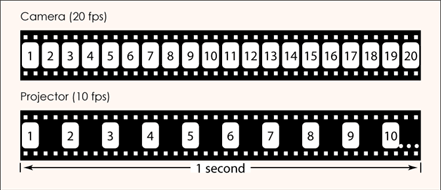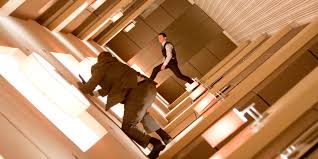Filming techniques :
Over-the-shoulder shots , these shots are exactly what the name says - a shot with an actor's shoulder in the foreground, out of focus. I will tell you right away that good over-the-shoulder shots are some of the most time-consuming to shoot correctly, because you need to make sure that there is neither too much nor too little shoulder in the frame. However , in my opinion no filmmaker that is intending to be serious with his career can afford not to learn film techniques . It is essential in that line of work. There are some directors that openly say that they would learn a wider range off techniques if they had the chance again and would also have a used a different range of things to be able to brouden there skill level in terms of filming.
Tilt shots , tilting up or down is one of the simplest carer techniques there are. Sometimes due to the simplicity of the camera technique it gets overused and is then can then sometimes be poorly executed.
The best way for a tilting shot to be set up is through out the scene that is going to be shot you have a main part that stands out a lot more than the rest so that the eye of the viewer is drawn towards that and is then not lost in the movement of the camera. These shots are also known as (panning shots)
Zoom shots , these can be very cool and effective if it is done successfully, Zooming was very much out of favour in the 1900s , and they experienced a healthy revival when Ridley Scott's career really took off in the days with ' Hannibal " and " Gladiator ' both of which have outstanding examples of zoom shots.











.jpg)

